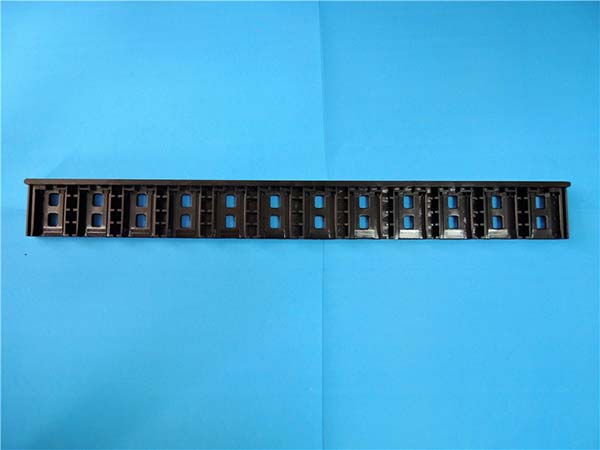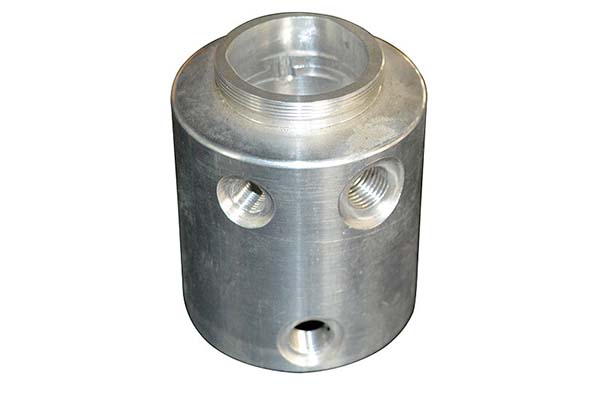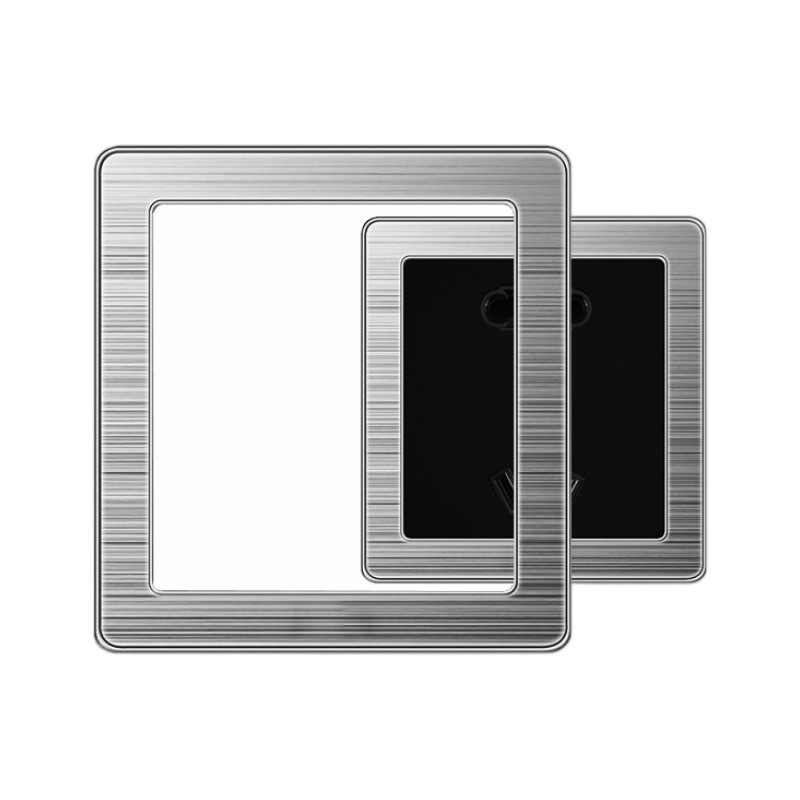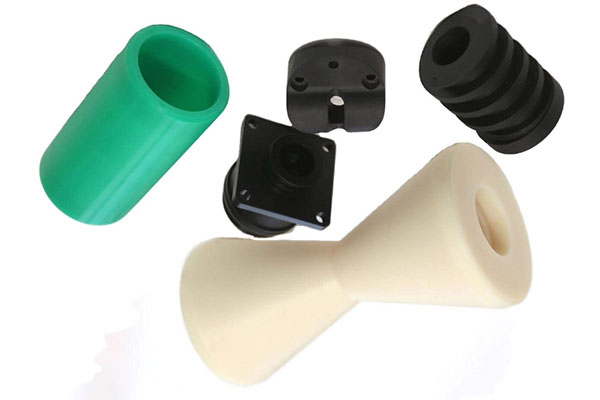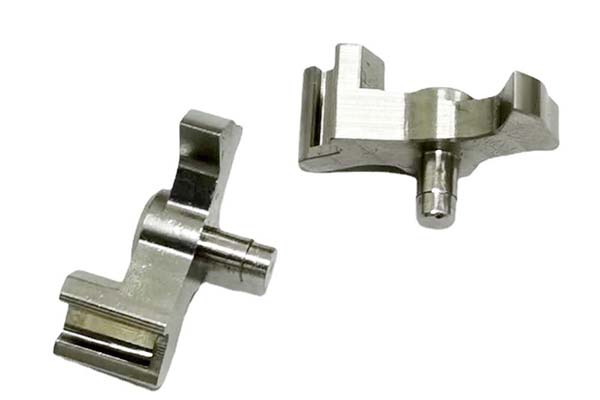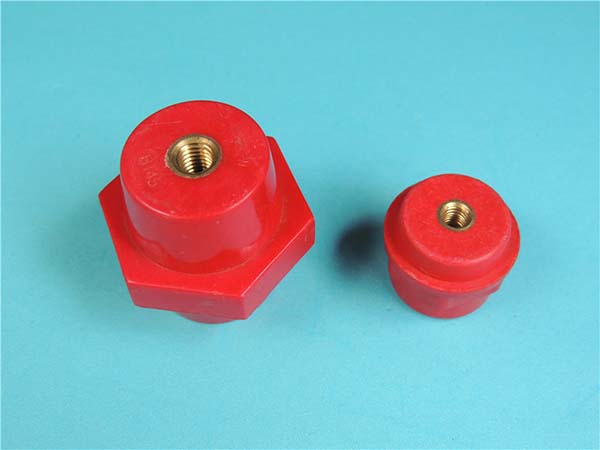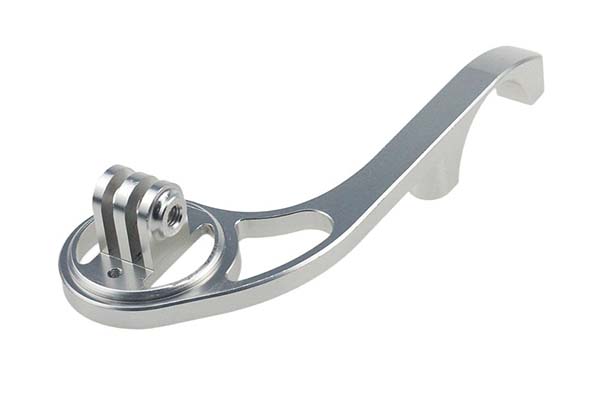CNC machining of POM-H + PTFE composites combines the best of both materials but introduces unique challenges. Manufacturers often struggle with uneven tool wear due to PTFE’s abrasive nature, maintaining consistent surface finishes across the composite, and preventing delamination during machining. This guide addresses these pain points, providing expert strategies to achieve optimal results with POM-H + PTFE composites.
Material Characteristics of POM-H + PTFE
POM-H + PTFE composites are advanced composite materials that merge POM-H’s high mechanical strength with PTFE’s self-lubricating properties. Their mechanical properties are impressive: a tensile strength of 65-75 MPa (slightly lower than pure POM-H but higher than many plastics) and a flexural modulus of 2400-2800 MPa, ensuring rigidity under load.
These composites excel in thermal stability, withstanding continuous temperatures up to 120°C—20°C higher than pure POM-H—making them suitable for high-heat applications. Their chemical resistance is exceptional, combining POM-H’s tolerance to oils and greases with PTFE’s resistance to almost all chemicals, including strong acids and solvents.
One of their standout features is low friction (coefficient 0.08-0.15), significantly lower than pure POM-H (0.12-0.25) or PTFE (0.04-0.08) alone. This, paired with enhanced wear resistance (30% better than POM-H in dry sliding tests), makes them ideal for moving parts. They retain POM-H’s dimensional stability (moisture absorption <0.3%) and electrical insulation properties, while PTFE adds self-lubricating properties that reduce the need for external lubrication.
| Property | POM-H + PTFE | Pure POM-H | Pure PTFE |
| Tensile Strength | 65-75 MPa | 70-80 MPa | 20-30 MPa |
| Friction Coefficient | 0.08-0.15 | 0.12-0.25 | 0.04-0.08 |
| Max Service Temp | 120°C | 90°C | 260°C |
| Wear Resistance | High | Moderate-High | High |
CNC Machining Techniques for POM-H + PTFE
Machining POM-H + PTFE composites requires techniques that balance the materials’ properties:
- Milling: Use climb milling with a 30-45° helix angle end mill to minimize friction. A spindle speed of 1200-2500 RPM and feed rate of 150-350 mm/min works best, as higher speeds can cause PTFE to soften.
- Turning: Employ sharp inserts with a 5-10° positive rake angle to reduce cutting forces. Spindle speeds of 800-1800 RPM and feed rates of 0.08-0.15 mm/rev prevent heat buildup.
- Drilling: Peck drilling is critical to clear PTFE debris, which can clog drill bits. A 118° point angle with polished flutes enhances chip evacuation.
- Grinding: Use a soft abrasive wheel (J or K grade) to avoid smearing PTFE on the surface. A surface finish of Ra 0.2-0.4 μm is achievable with proper parameters.
Cutting parameters must balance POM-H’s strength and PTFE’s softness. Tool paths should avoid abrupt direction changes to prevent delamination; instead, use gradual curves to distribute cutting forces. Precision machining is achievable with tolerances of ±0.008 mm, though this requires strict process control.
Applications of POM-H + PTFE in CNC Machining
The unique properties of POM-H + PTFE composites make them ideal for specialized applications:
- Bearings and bushings: Self-lubricating properties eliminate the need for oil, suitable for food processing or cleanroom environments.
- Gears: Low friction and wear resistance ensure quiet operation and long life in machinery.
- Seals: Chemical resistance makes them perfect for valves in chemical processing equipment.
- Electrical components: Electrical insulation and high-temperature tolerance suit them for motor parts.
- Medical devices: Non-toxic, chemical-resistant, and self-lubricating, they’re used in surgical tools and diagnostic equipment.
- Automotive parts: Fuel system seals and transmission components benefit from their resistance to oils and heat.
- Industrial machinery: Conveyor parts and pump components withstand heavy use in harsh environments.
Advantages of POM-H + PTFE Composites
POM-H + PTFE composites offer compelling advantages over pure materials:
- Enhanced durability: Combine POM-H’s strength with PTFE’s wear resistance for longer part life.
- Improved wear resistance: Outlasts POM-H by 30% and PTFE by 50% in high-load applications.
- Reduced friction: Lower energy consumption in moving parts compared to pure POM-H.
- High precision: Dimensional stability allows tight tolerances for critical components.
- Cost-effectiveness: Longer service life reduces replacement costs, offsetting higher material prices.
- Lightweight: 70% lighter than metal alternatives like bronze, reducing overall equipment weight.
- Corrosion resistance: Eliminates metal rust issues, ideal for wet or chemical environments.
- Low maintenance: Self-lubricating properties reduce downtime for lubrication.
Tool Selection for POM-H + PTFE Machining
Choosing the right tools is critical for machining POM-H + PTFE composites:
- Carbide tools (WC-Co with 6-10% Co) are preferred for their wear resistance against PTFE’s abrasiveness. Grade K10 or K20 carbide works best for general applications.
- High-speed steel (HSS) tools are suitable for low-volume jobs but require frequent sharpening due to PTFE’s abrasive nature.
- Diamond tools or coated tools (TiN or TiAlN) minimize friction and prevent PTFE smearing, ideal for high-precision finishes.
Tool geometry should include a sharp cutting edge (radius <0.01 mm) to cut cleanly through both materials. A 30-40° helix angle improves chip flow, while a positive rake angle reduces cutting forces. Tool material compatibility is key—avoid tools with high cobalt content, as PTFE can react with cobalt at high temperatures. Cutting edge sharpness is critical; dull tools cause PTFE smearing and heat buildup. Tool life can be extended by 40% with carbide tools compared to HSS when machining these composites.
Quality and Precision in POM-H + PTFE Machining
Maintaining quality in POM-H + PTFE machining requires rigorous controls:
- Dimensional inspection with CMMs ensures parts meet ±0.008 mm tolerances, critical for tight-fitting components.
- Surface roughness testing with profilometers verifies Ra 0.2-0.4 μm, ensuring low friction in moving parts.
- Tolerance adherence is monitored via SPC, with checks every 25-50 parts to catch drift early.
- Material testing includes tensile and impact tests to verify composite integrity.
- Visual inspection identifies PTFE smearing or delamination, which compromise performance.
- Non-destructive testing (NDT) like ultrasonic scanning detects internal delamination in thick parts.
Adhering to quality standards (ISO 9001, ISO 13485 for medical) ensures consistency. Process control measures, such as real-time temperature monitoring, prevent PTFE softening during machining.
Yigu Technology's Perspective
Yigu Technology specializes in machining POM-H + PTFE composites, leveraging our expertise to overcome their unique challenges. We use carbide tools with diamond coatings to prevent smearing and ensure clean cuts. Our strict process controls, including real-time parameter monitoring, maintain precision and surface quality. Whether producing bearings for industrial machinery or components for medical devices, we tailor our approach to maximize the composite’s strengths, delivering reliable, high-performance parts that meet our clients’ most demanding requirements.
FAQ
- How does machining POM-H + PTFE compare to pure POM-H?
POM-H + PTFE is more abrasive, requiring harder tools (carbide over HSS) and lower feed rates to prevent PTFE smearing, but offers better wear resistance and lower friction.
- Can POM-H + PTFE composites be used in food-grade applications?
Yes, FDA-approved grades are available, as POM-H and PTFE are both food-safe, making them ideal for food processing equipment.
- What causes delamination in POM-H + PTFE machining, and how to prevent it?
Delamination is caused by excessive cutting forces or dull tools. Using sharp carbide tools, optimizing feed rates, and avoiding abrupt tool path changes prevents this issue.
